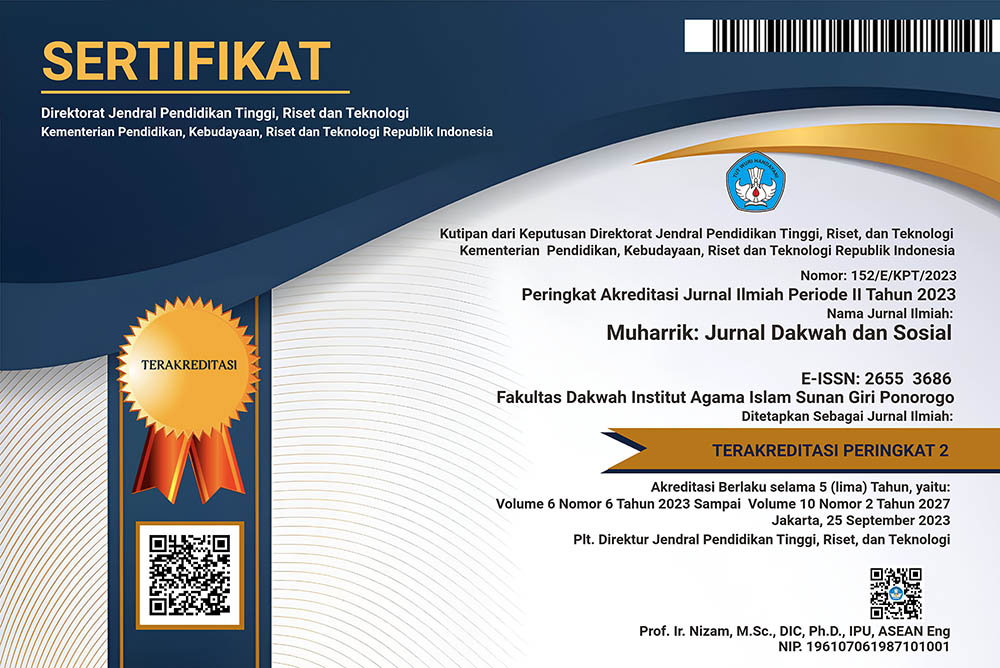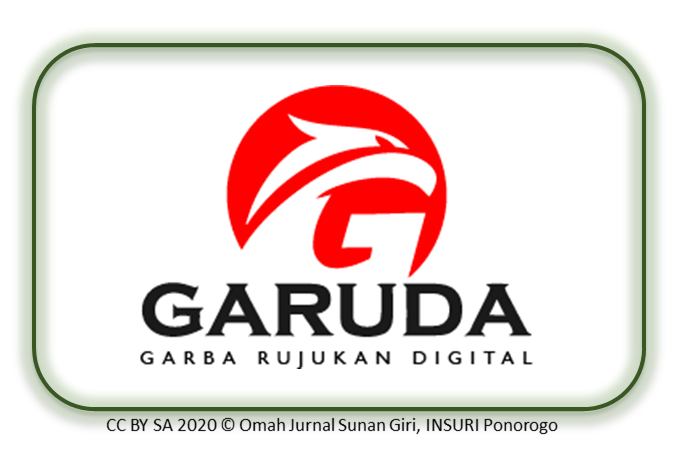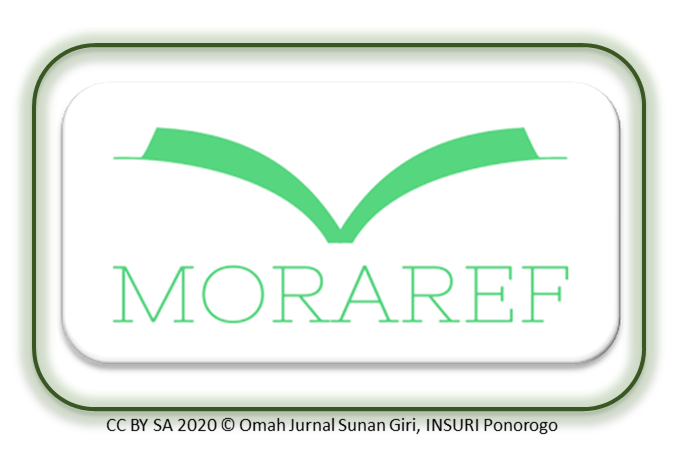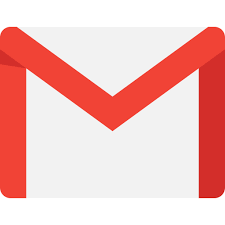Preaching in the Digital Age: Exploring Digital Literacy Among Virtual Da’i in Ponorogo
DOI:
https://doi.org/10.37680/muharrik.v8i1.7711Keywords:
digital literacy, virtual dakwah, phenomenology, community, da'wah transformationAbstract
The increasing transition of Islamic preaching (da’wah) to digital platforms has generated new requirements for digital literacy among community-level preachers (da’i). Although current research frequently emphasises content strategies and audience reactions, little attention has been directed towards the actual experiences of grassroots da’i in managing this shift. This study examines the development and use of digital literacy among virtual da’i in Ponorogo within their preaching practices. Employing a phenomenological methodology that included three participants, data were gathered via in-depth interviews, non-participant observation, and document analysis, and thereafter analysed using the European Commission’s digital literacy competence framework. The findings indicate that da’i often exhibit basic to intermediate levels of digital literacy, characterised by constrained technical abilities, instinctive rather than methodical material selection, and a reluctance to participate in interactive online communication. This study adds to the body of knowledge by providing an experienced viewpoint on community-based digital da’wah. It offers practical guidance for developing participatory training models incorporating technical, ethical, and communication skills.
Downloads
References
Aspers, P. (2009). Empirical phenomenology: A qualitative research approach (The Cologne Seminars). Indo-Pacific Journal of Phenomenology, 9 (2), 1–12. https://doi.org/10.1080/20797222.2009.11433992
Commission, F. the E., & Unit, D. G. I. S. and M. M. L. (2009). Study on Assessment Criteria for Media Literacy Levels. In Framework.
Creswell, J. W., & Poth, C. N. (2018). Qualitative inquiry and research design: Choosing among five approaches (4th ed.). Thousand Oaks, CA: SAGE Publications.
Etikan, I., Musa, S. A., & Alkassim, R. S. (2016). Comparison of convenience sampling and purposive sampling. American Journal of Theoretical and Applied Statistics, 5(1), 1–4. https://doi.org/10.11648/j.ajtas.20160501.11
Gilster, P. (1997). Digital literacy. New York: Wiley.
Khadiq, P. I., & Putri, I. I. (2023). The transformation of Islamic religious practices in the digital era: Opportunities and challenges. Jurnal Dakwah: Media Komunikasi dan Dakwah, 24(2), 175–192. https://doi.org/10.14421/jd.2023.24205
Sumiati, W., & Nawawi, T. (2025). Digital Da’wah in the Modern Era. Digital Muslim Review, 2(2), 153–175. https://doi.org/10.32678/dmr.v2i2.44
Miles, M. B., Huberman, A. M., & Saldaña, J. (2014). Qualitative data analysis: A methods sourcebook (3rd ed.). Thousand Oaks, CA: SAGE Publications.
Aini, N. (2023). Pemanfaatan Media Dakwah Platform Digital di Era Generasi Z. Jurnal Studi Islam Lintas Negara (Journal of Cross-Border Islamic Studies). https://doi.org/10.37567/cbjis.v5i2.3184
Burhan, B., Tohe, A., Rafa’al, M., & Amalia, N. K. (2024). Pendampingan masyarakat desa akekolano dalam menghadapi era dakwah digital melalui pengabdian kepada masyarakat. Al-Mulk, 2(2), 165. https://doi.org/10.46339/al-mulk.v2i2.1394
Muliawan, J. (2024). Berpindah Dari Mimbar Ke Medsos: Tantangan Dalam Membangun Audiens Dakwah Di Media Digital. Jurnal Dakwah Tabligh, 24(2). https://doi.org/10.24252/jdt.v24i2.44414
Mokodenseho, S., Tabo, N., Mokodonseho, N., Durand, N., Mamonto, K., & Akontalo, Y. (2024). Revitalizing Da’wah through YouTube: Toward a Digitally Literate Society. https://doi.org/10.58812/wsiss.v2i02.842
Ng, W. (2012). Can we teach digital natives digital literacy? Computers & Education, 59(3), 1065–1078. https://doi.org/10.1016/j.compedu.2012.04.016
Nainggolan, D. M., & Pabisa, D. (2024). Exploring New Dimensions of Christian Faith from Traditionto Digital Transmission in Cyberspace. 1(5), 468–481. https://doi.org/10.59613/z64sqj94
Dulwahab, E. (2020). Dakwah Di Era Konvergensi Media. 5(16), 19–34. https://doi.org/10.15575/IDAJHS.V5I16.353
Efendi, E., Ferdiansyah, D., & Fuady, S. (2024). Memilih Media Efektif dan Produktif dalam Media Dakwah. Da’watuna. https://doi.org/10.47467/dawatuna.v4i3.685
Usman, U., & Siagian, H. F. (2024). Indonesian Younger Generation’s Acceptance of Digital Da’wah. Jurnal Dakwah Risalah, 35(1), 1. https://doi.org/10.24014/jdr.v35i1.28975
Rahmawati, Y., Hariyati, F., Abdullah, A. Z., & Nurmiarani, M. (2024). Gaya Komunikasi Dakwah Era Digital: Kajian Literatur. Concept, 3(1), 266–279. https://doi.org/10.55606/concept.v3i1.1081
Ridwan, A. (2023). Prophetic Communication in the Era of Artificial Intelligence: Efforts to Convey Comprehensive Islamic Messages. Diroyah: Jurnal Studi Ilmu Hadis. https://doi.org/10.15575/diroyah.v8i1.29382
Downloads
Published
How to Cite
Issue
Section
License
Copyright (c) 2025 Rila Setyaningsih, Rihan Dwidarmawati

This work is licensed under a Creative Commons Attribution-NonCommercial 4.0 International License.
The author(s) retain/s the copyright and grant/s Muharrik: Jurnal Dakwah dan Sosial the first publication rights licensed under the Creative Commons Attribution-NonCommercial 4.0 International (CC BY-NC 4.0) , which allows others to access (search, read, download and quote), share (copy and redistribute the material in any media or format) and adapt (mix, modify and develop) works for legitimate non-commercial purposes, with recognition of the authorship of the work and its initial publication in this journal.












